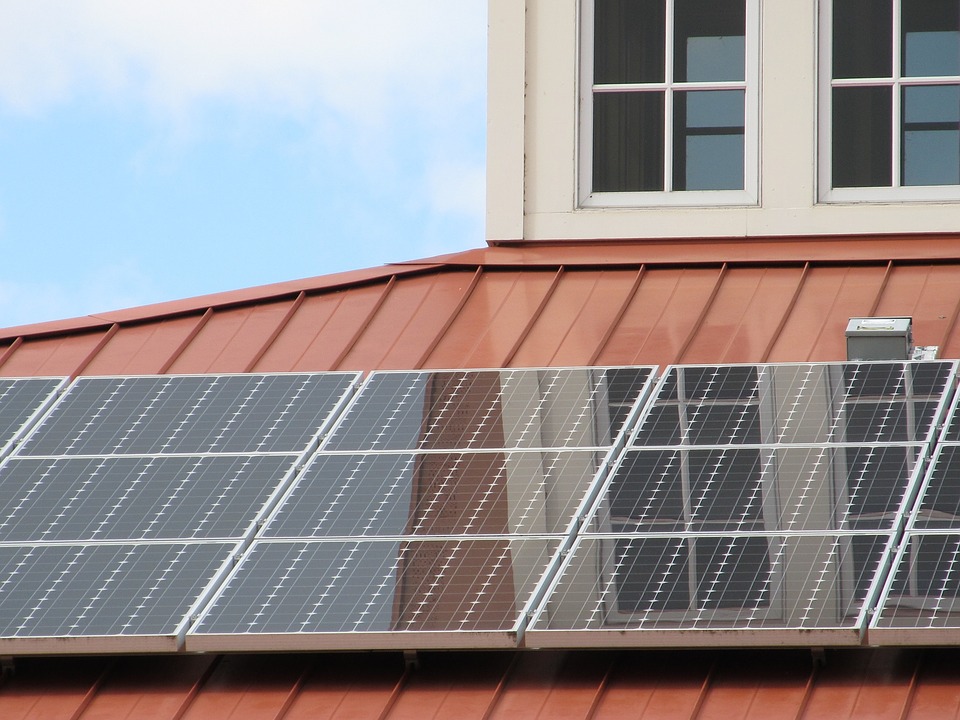Cooking is a form of art and like any other art, it needs your devotion. While many love the idea of cooking and spending hours in the kitchen, to some it is an excruciatingly scary idea as they just cannot find that confidence to cook something.
But worry no more as we have come up with some spectacular tips and tricks that will help you improve your cooking hand and make you an expert at it.
The best part about cooking is that you don’t have to be an absolute professional at it. There are several ways in which you can practice and enhance your cooking techniques for attaining better results. Therefore we have designed 10 unique tips to help you become better at cooking and you can definitely see the change overnight.
1. Invest In a Quality Knife
This is the most important part of the cooking process. Handling a knife properly is significant when it comes to cooking and for that, it is ideal to invest in a good quality knife. Not only will it improve your ability to handle the knife but will improve the quality of the cuts in your food as well.
2. Always Choose Fresh Ingredients
Ingredients make a huge impact in your dish. It is the core of the dish that makes or breaks it and whenever you are attempting to cook something always make sure that you have picked out the freshest ingredient possible. This will escalate and improve the quality and taste of your food.
3. Learn to Use Hands For Better Estimation
Your hands are the ideal tool to use in the kitchen when it comes to cooking. Using your hands and fingers to check whether the meat is properly cooked is traditional and best techniques as your hands are the most sophisticated and very sensitive tools and hence can make the ideal estimations.
4. Learn to Saute professionally
Often we do the mistake of overcrowding the pan with ingredients while sauteing which is absolutely wrong can make the food soggy and ruin the taste. It is crucial that the bottom of the pan is still visible while you are frying or sauteing your ingredients. And always remember to put in the ingredient when the pan is heated. This will enhance the quality of your cooking to a whole new level and make a huge difference in the food quality as well.
5. Reduce The Gravy To Get a Richer Flavour
Did you know that the flavors in your gravy or any liquid item enhance when you reduce the liquid to a more thicker consistency? This is a great tip to brighten the flavors in your food and gravy items. People often tend to struggle to bring out the flavors in the gravies and soups. To avoid that, make sure to simmer the liquid for some time and you can observe a huge difference in the meal you cook.
6. Rest Your Roasted Meats
This is a mistake that many make that they forget to allow the roasted meat to rest before carving them. When you immediately carve meat before it gets time to rest, the meat will release all the juices out and dry out faster. To avoid that, make sure you let the meat rest which will help it soak in all the flavors and keep them intact within.
Conclusion
Cooking is easy and not as challenging as you might think it to be. Only with a few tricks and by avoiding some silly mistakes while doing so you can improve your cooking overnight and that is guaranteed. Hence go ahead and make your meal by applying these few basic tips and you will surely see a change in the quality of the food you serve.
Read also:
- 10 Unique Kitchen Hacks To Save Your Time In Kitchen And Cooking






















